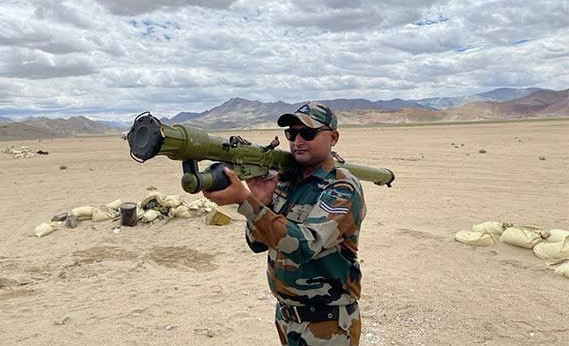New Delhi, May 4: Amid heightened tensions following the Pahalgam attack, the Indian Army has received a fresh consignment of Russian-origin Igla-S shoulder-fired air defence missiles, significantly enhancing its short-range air defence capabilities.
The Very Short Range Air Defence Systems (VSHORADS), vital for protecting against aerial threats such as fighter jets, helicopters, and drones, were delivered under an emergency procurement deal approved by the central government. The ₹260 crore contract is intended to strengthen the Army’s air defence units, particularly in forward areas along the western front.
The new missiles have been distributed to front-line formations in recent weeks. Meanwhile, the Indian Air Force has pursued a similar contract for these infrared-guided VSHORADS.
In addition to receiving these missiles, the Army has issued a tender to acquire 48 additional launchers and around 90 more missiles under fast-track procedures. There are also plans to procure newer versions of laser beam-riding VSHORADS.
The Igla-S, a more advanced version of the older Igla missiles used since the 1990s, is now a key part of India’s short-range air defence. Some older missiles have also been refurbished domestically by an Indian company.
Given the increasing use of drones by Pakistan’s military along the border, the Indian Army has stepped up efforts to improve drone detection and neutralization. It has deployed the Mark 1 version of the indigenous Integrated Drone Detection and Interdiction System, which can jam, spoof, or destroy drones over an 8-kilometer range using lasers.
Recently, Army Air Defence units successfully shot down a Pakistan Army drone using this system in the Jammu region. In parallel, the Defence Research and Development Organisation (DRDO) has developed a more powerful direct energy weapon capable of targeting larger drones, cruise missiles, and aircraft.
To further bolster air surveillance and response, the Army also plans to acquire low-level transportable radars for faster detection and interception of low-flying aerial threats.




